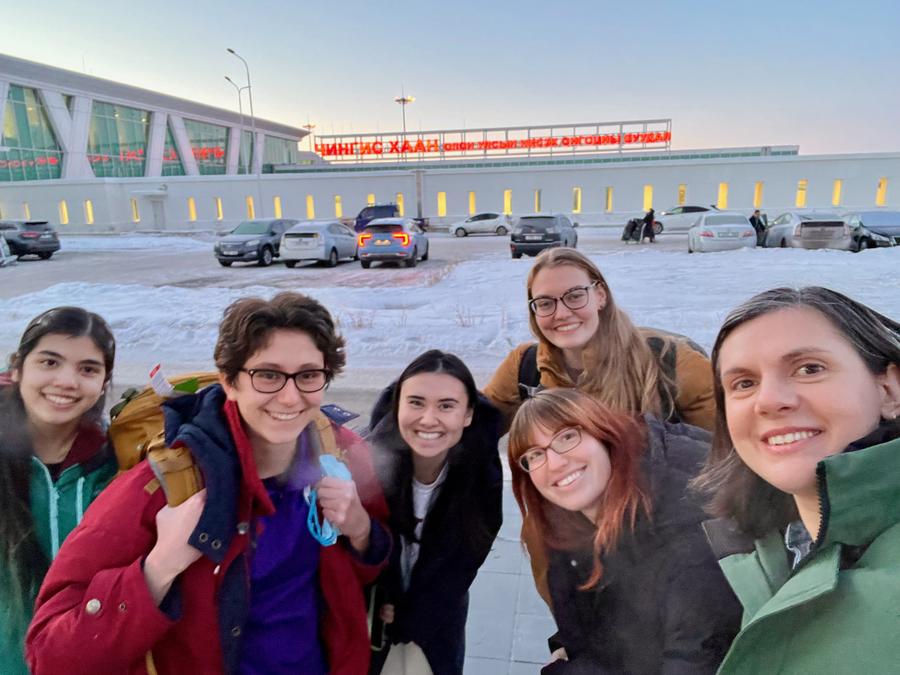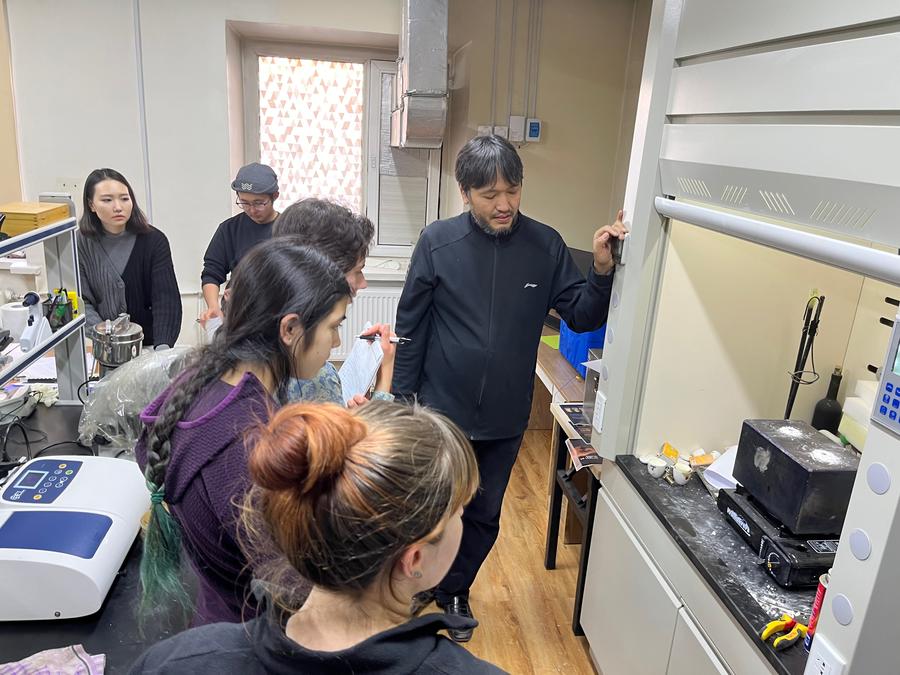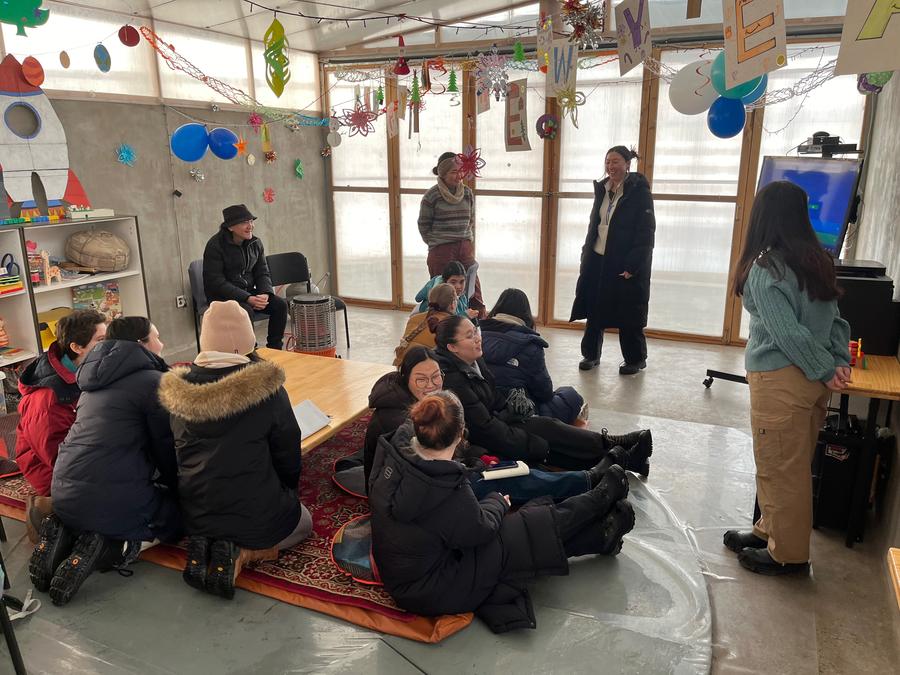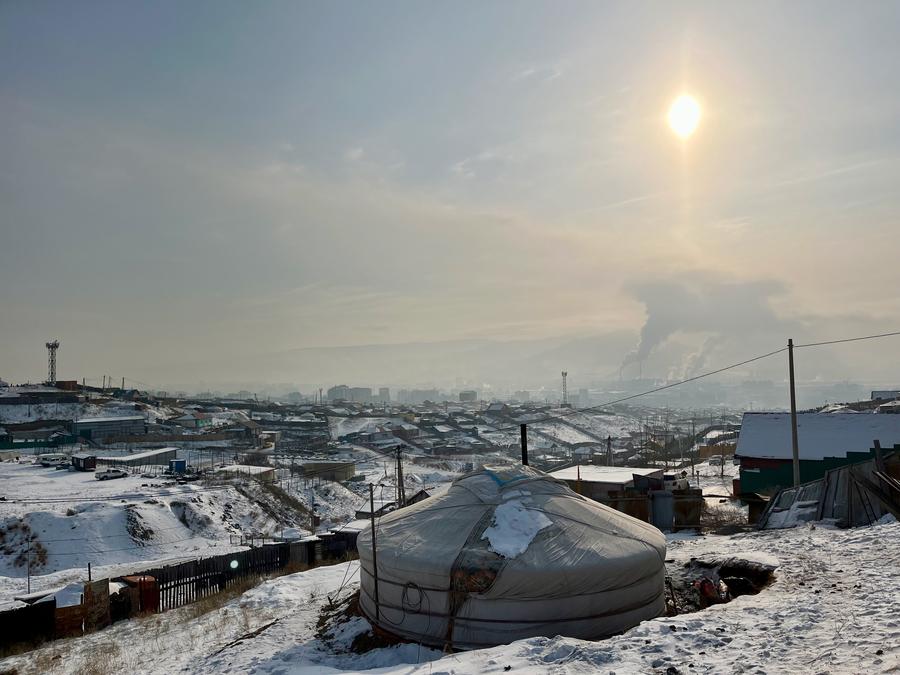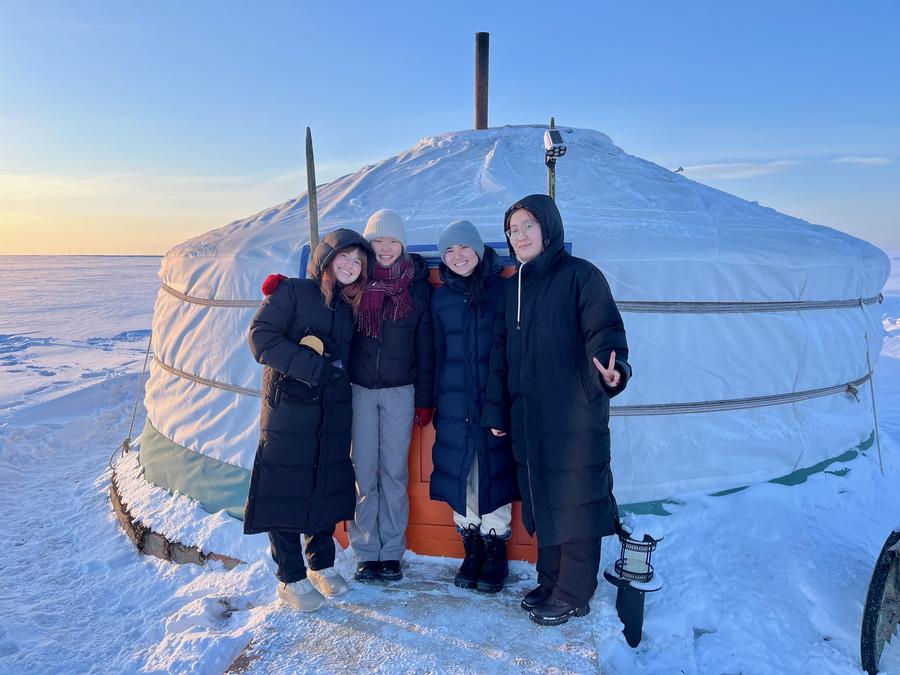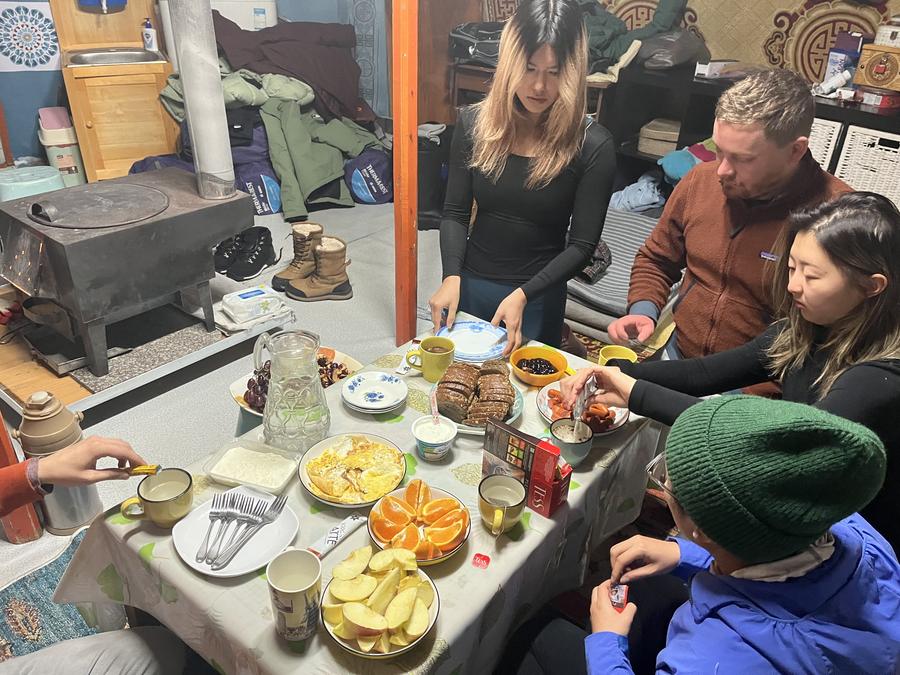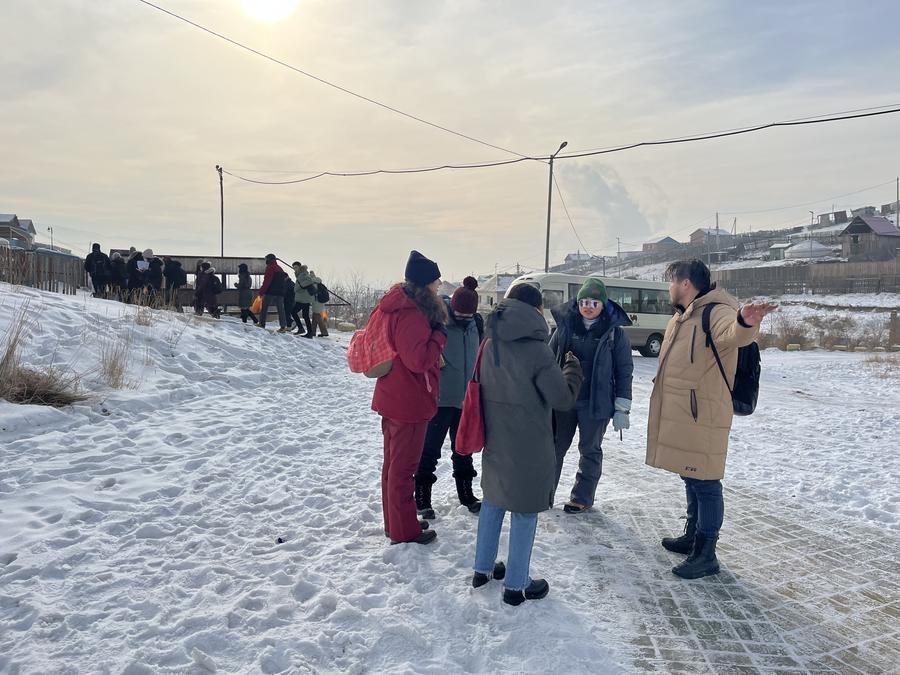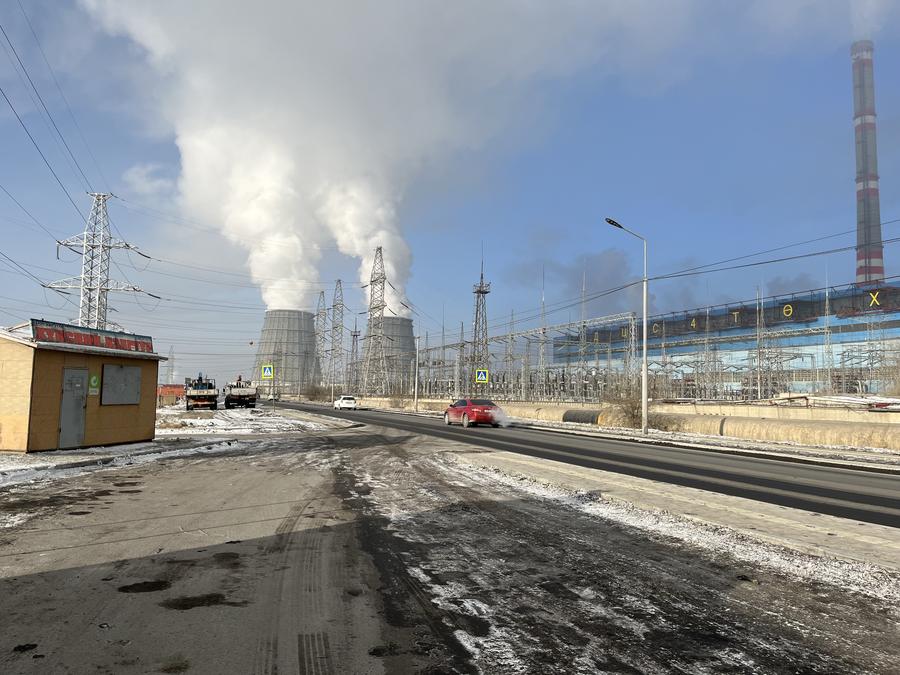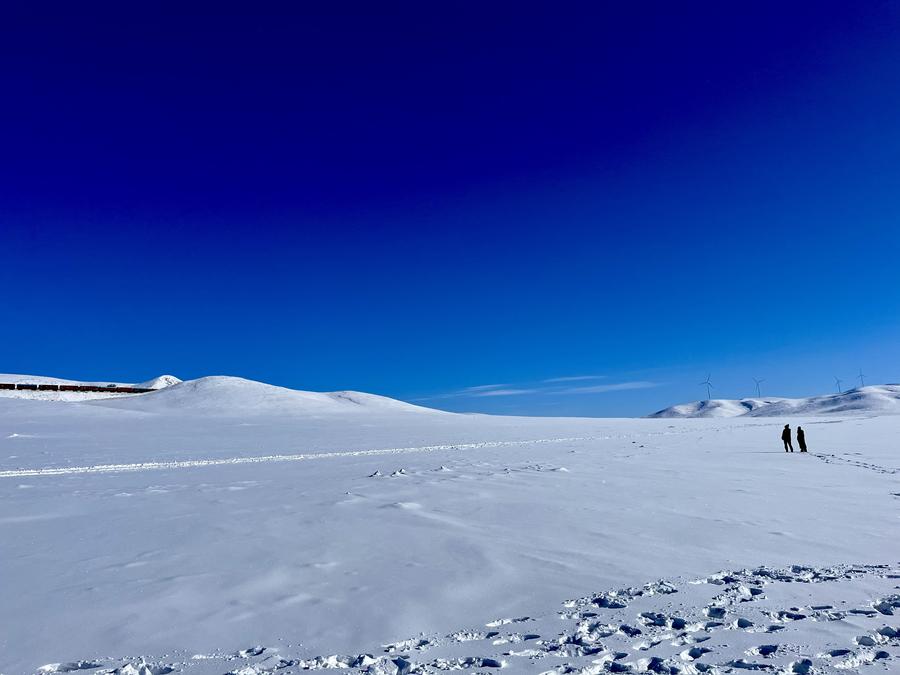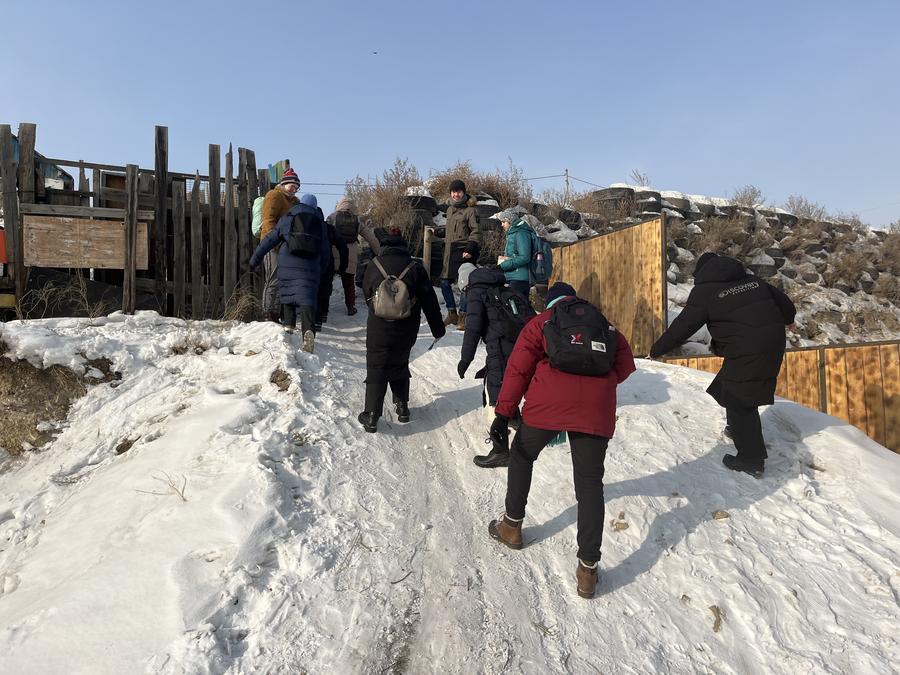Since 2022, I have been working with Professors Manduhai Buyandelger (Anthropology) and Michael Short (Nuclear Science & Engineering) to co-develop "anthro-engineering" as a holistic, socially engaged, and place-centered interdisciplinary approach to engineering education and sustainability solution-building. Numerous other colleagues, including Professor Munkhbat Byambajav (National University of Mongolia, Dept. of Chemical Engineering), Dr. Nathan Melenbrink (MIT NEET), Dr. Laura Frye-Levine (MIT Climate & Sustainability Consortium and Anthropology), Dr. Byambabaatar Ichinkhorloo (National University of Mongolia, Dept. of Archaeology and Anthropology), and Munkh-Erdene Gantulga (University of Oxford, Anthropology), along with students who participated in the class, Anthro-Engineering Decarbonization at the Million-Person Scale, and associated January research trips in Ulaanbaatar, provided vital contributions to inform this approach.
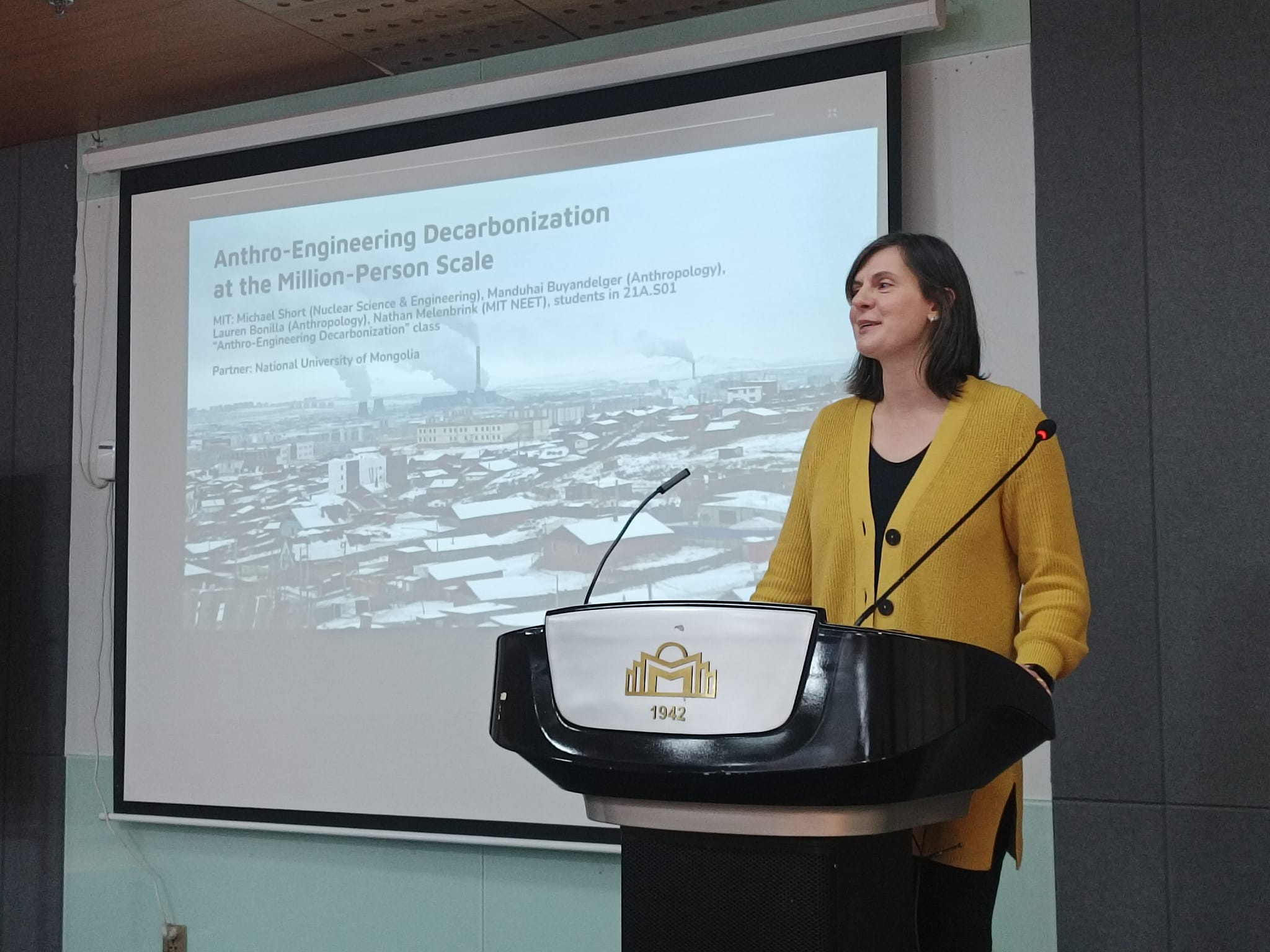
What is Anthro-Engineering?
Anthro-Engineering is a new field in development at MIT that allies disciplines that rarely interact through productive dialogue, collaborative teaching, and joint research. It fuses anthropology’s empirically grounded study of cultural and social dynamics with engineering’s problem-solving and technical capabilities to holistically understand and address societal challenges. Anthropologists and engineers collaborate to co-ideate, co-research, and co-create socially responsive and contextually relevant solutions that put people and places first in the engineering design process.
A People, Place, and Equity Centric Approach to Engineering Education
Engineering students are trained to be problem solvers – but are they solving the right problems? Will solutions that meet functional requirements work in the real world? What effects might the implementation and scaling of these solutions have on particular places and communities? How can engineering practice support more equitable, sustainable, and just futures, while mitigating against unintended consequences? Anthro-Engineering supports inquiry into such questions by approaching engineering and design problems from a human- and anthropology-first perspective. Students learn to draw on multiple perspectives to track the complex interrelations of phenomena that give rise to, and shape, the problems that they seek to solve. They undertake inductive ethnographic research to identify hidden variables (the dreaded “unknown unknowns”) that are often encountered too late in pure engineering practice, and to center the needs, knowledge, and aspirations of the people engineering designs seek to serve.
Collaborative and Interdisciplinary Solution-Building
Collaboration lies at the heart of Anthro-Engineering. Anthropologists and engineers work together from the outset, an approach that differs from standard STEM-led interdisciplinary models where social scientists serve as consultants or secondary add-ons. Priority is given to the research process over the engineering product to promote mutual understanding, open dialogue, and trusting and equitable relationships within scholarly teams and with community partners. The bridging of engineering and anthropology enables robust and rigorous interdisciplinary solution-building that includes the human dimensions often missing from technology-focused endeavors.
Anthro-Engineering in Action: Decarbonizing Ulaanbaatar
Since Fall 2022, faculty, instructors, and students at MIT have worked to anthro-engineer a locally specific, culturally acceptable, and socio-economically viable heating solution to reduce household coal consumption in Ulaanbaatar, the world’s coldest and most polluted capital city. Through the teaching of the class, “Anthro-Engineering Decarbonization at the Million-Person Scale,” and two January trips to Ulaanbaatar, members of this project have iterated on the design of a molten salt-based, household-scale thermal battery technology. This work has involved close partnerships with the Anthropology and Chemical Engineering departments at the National University of Mongolia, as well as engagement with a wide variety of stakeholders in Ulaanbaatar, including policy makers, development institutions, city residents, government officials, and community groups.
Links and Resources
"3 Questions: Bridging anthropology and engineering for clean energy in Mongolia," by Leda Zimmerman .
Anthropologists Manduhai Buyandelger and Lauren Bonilla discuss the humanistic perspective they bring to a project that is yielding promising results.
"Keeping Humanity Central to Solving Climate Change: MIT scholars are helping to solve the economic, cultural, and political dimensions of the world’s energy and climate challenges," by Kelley Travers.
How Professor of Anthropology, Manduhai Buyandelger and Associate Professor of Nuclear Science & Engineering, Michael Short co-created anthro-engineering to holistically address the air pollution crisis in Ulaanbaatar, Mongolia.
"Powering the Future in Mongolia: Through coursework, intercollegiate collaboration, and a site visit, MIT students fuse engineering and anthropology to propose innovative energy solutions," by Jiyoo Jye.
Write-up by Jiyoo Jye in the MIT News about our first January research trip to Ulaanbaatar to learn about everyday life in Ulaanbaatar's ger districts and the energy needs of residents, along with experimenting with the design of the molten salt thermal battery.
"Anthroengineering: An Independent Transdisciplinary Field,"
